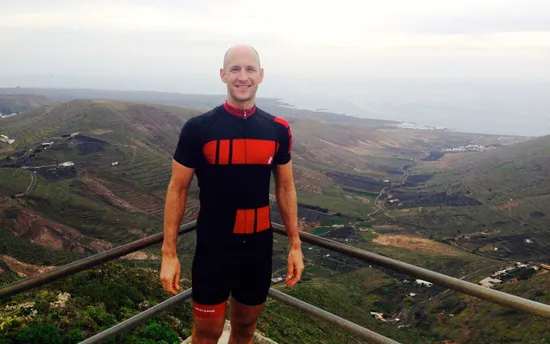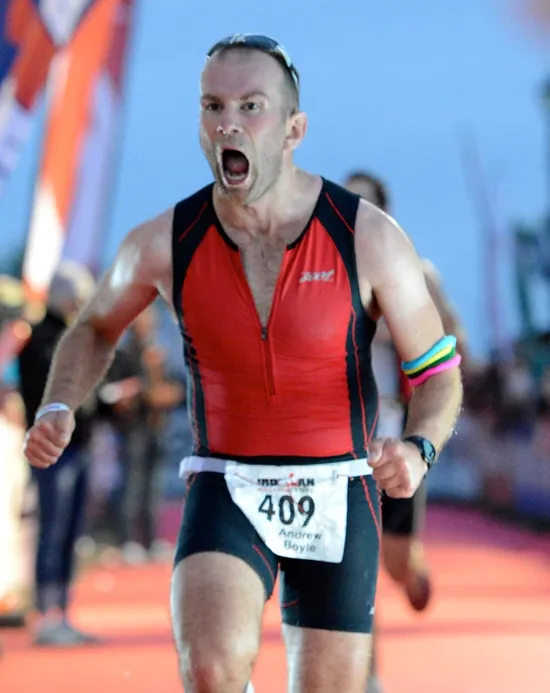It’s January, it’s cold, it’s windy but I’m guessing if you got outdoor training gear for Christmas or bought yourself a new pair of trail shoes in the sales then you’ve already braved the elements to test them out.
I love getting new bits of kit, my bank balance not so much! Over the years, I’ve built up an enviable collection trading up whenever I can. I’ve got a Kask bike helmet to go with my Cervelo TT bike. I recently invested in Huub’s renowned Archimedes wetsuit. And I currently have more pairs of running shoes than I can admit. Don’t get me started on the number of t-shirts, compression leggings, hoodies, socks and gloves I own. Enough said.
I’m certain there’s an item (or bike!) you’re coveting right now reading this post. Something that you feel will give you the edge. But what if I told you that this year’s bit of essential kit is actually a coach?
Your immediate thought is probably “I can’t afford that, it’s just for the pros right?” Wrong. You can have the very latest, high tech wetsuit, TT bike and trainers and you’ll probably shave a couple of minutes off last year’s race times. If you want that edge though, if you want to be faster, fitter and prevent injury, your next online purchase has to be a coach.

Why? There are many reasons but here’s my top ten:
1) Understanding how to manage training for three different sports around a busy work schedule and family commitments
2) Find your race pace – vital if you want to improve your times or if you’ve ever failed to finish a race
3) Understand your heart rate zones – training in your specific heart rates zones will vastly improve your stamina and fitness
4) Take the OCD out of your hands! – a personalised, weekly programme will schedule training session to suit you and ensure you’re race-ready
5) When to plan in rest and recovery weeks to help your body adapt to the training load and to prevent injury

6) How to assess your power zones – improve your power across all three disciplines to swim, bike and run faster
7) How often you should do high intensity training? – everyone’s talking about HIT so make sure you’re doing the right amount for you
8) Strength and conditioning for injury prevention – no explanation required!
9) Nutrition for performance – how to eat to maximise energy levels and aid recovery
10) Understanding the signs of over training – learn more about your body and listen to what it tells you

I really hope this post has given you some food for thought. It can all be yours from £10.50 per week during your race period, so slightly cheaper than that Cervelo S5 Dura Ace you have your eye on and an investment that will change the way you train and race forever, not just for Christmas.
Contact Matt via email matt@triathloncoaching.uk.com or visit triathloncoaching.uk.com for more details.